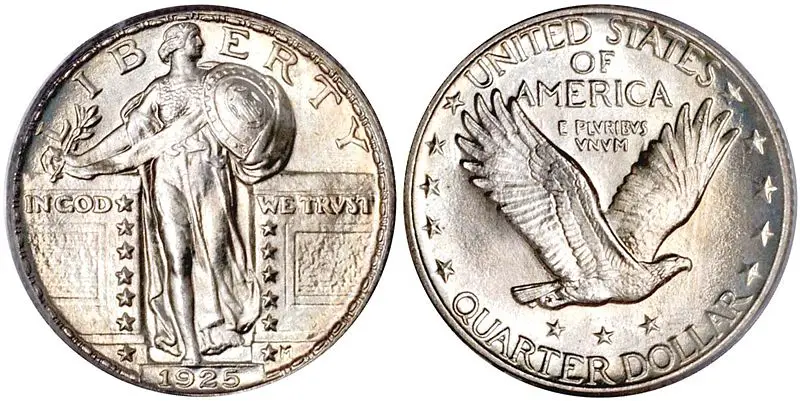The Susan B. Anthony dollar has become known as one of the most unpopular coins in American history. Is it because it featured a woman on it? Is it because it was merely a dollar coins, which is unpopular to begin with? Was it its confusing color (silver like a quarter) or shape?
 Susan B. Anthony dollar, 1999. (Image from Wikipedia)
Susan B. Anthony dollar, 1999. (Image from Wikipedia)According to a website that features
coin collecting, they state, "The Susie B. failed to catch on mainly because its size and color too closely matched the quarter" The Mint then tried to introduce the Sacajawea dollar coin, making it gold instead. A bit more popular than the Susan B., the Sacajawea dollar is still not very popular. This is mostly to blame, I believe, by trying to circulate the dollar coin, which has always been unpopular with the American public.
 Image showing the Susan B. Dollar compared to the quarter and other American coinage. (Image from www.rossoverstreet.org)
Image showing the Susan B. Dollar compared to the quarter and other American coinage. (Image from www.rossoverstreet.org)
Another reason that the Susan B. became widely unpopular was because of President Jimmy Carter. According to a well-known Numismatic historian,
David Bowers, he affirms that because of the general resentment to the Carter administration at the time, people felt that the Susan B. Anthony dollars "reflect[ed] diminishing purchasing power." Oftentimes the Susan B. was referred to as "Carter's quarter" and not in a positive way.
Additionally, some of the public felt that the coin was just not attractive. Now take that as you will, I personally do not find some of the former founding fathers all that attractive and yet nobody has ever complained about that with previous forms of coins. The former president of the ANA (American Numismatic Association) felt that the
previous design idea for the coin, a traditional 18th century image of Liberty, would have been far more beautiful.
Ever since the Susan B., real historic women (I feel that images of Lady Liberty does not count as a female on American coinage) on American coins just has not really taken off, whether it is simply because it is a female on the coin, what woman they choose to put on the coin or the idea of a dollar coin. I know that I have said this before, but I will say it again, I believe the Mint needs to place more American historic females on coins other than dollars. And Lady Liberty does not count as a "historic" female!










